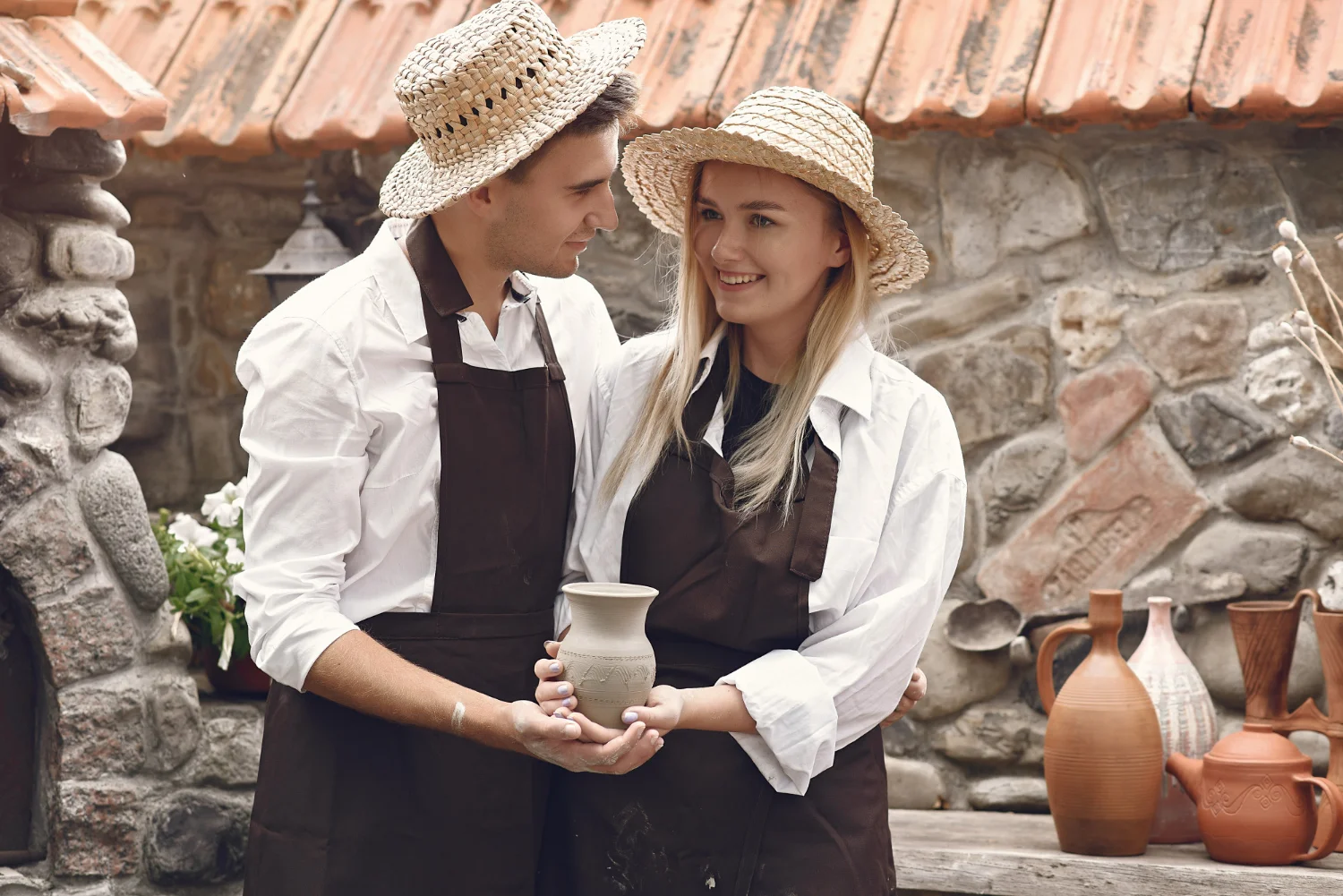Introduction: The Magic of Cevurı
There are moments in life when certain traditions or practices resonate deeply, yet remain shrouded in mystery. Cevurı is one such practice. The term evokes curiosity and wonder. Although it might be unfamiliar to many, it holds profound significance for those who embrace it. This concept, deeply rooted in culture and history, has stood the test of time. Whether through rituals, customs, or daily practices, cevurı offers a glimpse into a rich cultural tapestry that spans generations. Let’s explore its origins, meaning, and impact to see why it continues to captivate so many people.
What is Cevurı?
cevurı isn’t just a word; it represents a tradition passed down through generations. While its meaning can vary by region or context, the essence remains constant: it signifies a practice, belief, or experience of immense cultural value. To understand cevurı, we must explore its roots. Traditionally linked to ancient rituals, these customs honored nature, ancestors, or deities. For centuries, people performed these rituals, embedding them in their daily lives. Though cevurı evolved with time, it still carries a deep connection to history. Today, it’s not just a custom; it’s a living tradition. It’s expressed through art, dance, music, and more, with a focus on celebrating life and maintaining cultural identity.
The Role of Cevurı in Daily Life
cevurı isn’t just for special occasions. It plays a significant role in daily life for those who practice it. It acts as both a cultural artifact and a guide for daily living. Those who follow it find meaning in its rituals. These practices foster a sense of community, unity, and shared purpose. People use cevurı to connect and reflect on their heritage. For many, cevurı offers more than a sense of belonging; it provides a spiritual or philosophical outlook. It helps people see the world in a new light, inviting them to consider deeper meanings and connections. It’s not just something people do; it’s a way of living.
How Cevurı Has Evolved Over Time
Though the core of cevurı remains unchanged, its expression has transformed over the centuries. In the past, cevurı was often tied closely to agricultural cycles and seasonal changes. These rituals aimed to ensure prosperity and well-being. As society evolved, the focus shifted. Modern practices of cevurı no longer align as directly with agricultural needs but continue to reflect the same values of unity, respect, and community. Today, cevurı is both a preserved tradition and a modern expression. In some regions, efforts to preserve ancient customs have led to the revival of cevurı. In others, it has adapted to meet contemporary needs. For example, modern-day festivals now express the spirit of cevurı, emphasizing cultural pride and identity.
The Global Influence of Cevurı
One of cevurı’s most fascinating aspects is its ability to transcend borders. Initially, it may have been unique to one community, but today, cevurı has a global reach. It connects people from diverse cultures and backgrounds. Digital media and globalization have made it easier for people to learn about and practice cevurı. These shared experiences create a global community of individuals united by a passion for cultural preservation and celebration.
Modern movements, festivals, and cultural exchanges now highlight the global influence of cevur. People from all walks of life join together to celebrate its enduring relevance. The international spread of cevurı is proof of its universal appeal.
Conclusion: Cevurı’s Timeless Appeal
In conclusion, cevurı is more than a tradition; it’s a living testament to cultural continuity. It connects people to their past, each other, and the world around them. The core of cevurı has remained constant, but it continues to adapt. Its global reach shows just how relevant it is today. As we move into the future, cevurı will continue to inspire, reflect, and connect people. It reminds us of the importance of unity, cultural heritage, and shared traditions, ensuring its place for generations to come.



